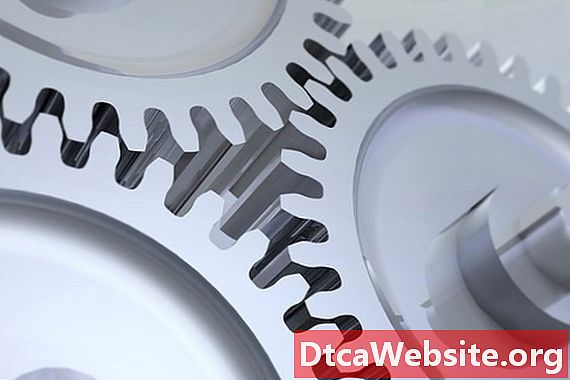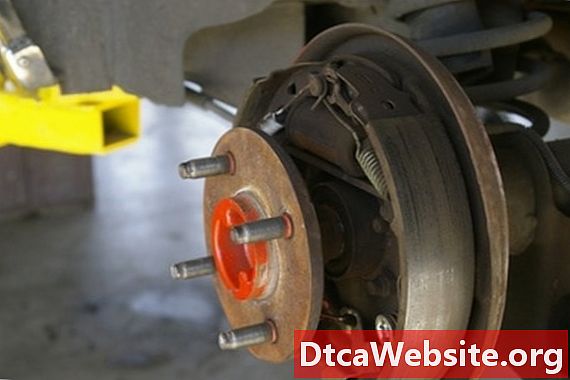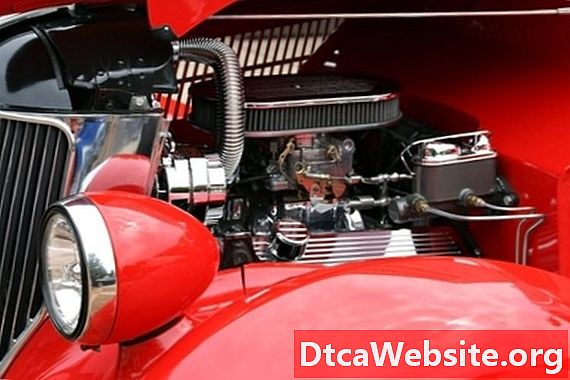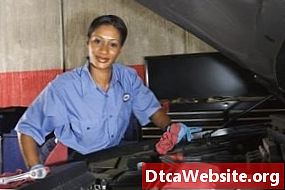
Contenu
- Non-Synchronized Transmissions
- Clutch Brake Purpose
- Clutch Brake Function
- Clutch Brake Failure
- Light Applications

Clutch brakes have been saving transmissions for nearly 100 years and are just as vital now as they ever were. Clutch brakes are employed to ease shifting and prolong transmission life in nearly all applications that use non-synchronized transmissions. This can include everything from heavy industrial applications to diesel trucks to sport bikes.
Non-Synchronized Transmissions
Most manual-equipped vehicles use a a system of toothed, rotating plates called synchronizers to ease shifting when the driver fails to perfectly match RPM. The biggest problem with synchros is that they see a lot of wear and so are not suitable for high-torque or high-powered applications. Makers of large industrial equipment often install non-synchronized transmissions in their products, reasoning that the operator will be a professional capable of shifting without the synchronizers mechanical assistance.
Clutch Brake Purpose
Whereas any well-trained driver can match RPMs well enough to eschew the clutch entirely, even the most experienced cant force a moving input shaft to engage a stationary drive gear without synchronization. As such, there must be some way to stop the clutch from spinning with its own inertia when engaging first gear, which is where clutch brakes come in.
Clutch Brake Function
Clutch brakes usually resemble either drum brakes or automotive clutches. When the driver pushes the clutch pedal all the way to the floor, the clutch brake engages to stop the transmission input shaft from turning. Either stock or aftermarket clutch brakes can be operated by an electrical, hydraulic or pneumatic system, but most are simply attached to the stock clutch assembly and utilize factory hardware for engagement.
Clutch Brake Failure
Vehicles that start and stop a lot (like tractors and dump trucks) often experience premature clutch brake failure. If youve ever been sitting at a stoplight next to one of these trucks and heard a loud metallic grinding when the light goes green, then more than likely youre hearing the sound of a bad clutch brake. Worn clutch brakes can force the driver to strong-arm the transmission into first, which is the leading cause of first-gear failure in these heavy applications.
Light Applications
Since non-synchro transmissions are capable of handling more power than standard ones, they are often used on racing-oriented applications. Clutch brakes can often be found on dirt bikes, sport bikes and Rotax-Power snow mobiles. The same problems that apply to heavy-use clutch brakes apply to smaller ones, but these tend to last longer than thier heavier cousins. This is due in part to the fact that dirt bikes and snow mobiles dont spend much time in traffic but has more to do with their smaller clutchs low-rotating mass. A lower-rotating mass means it takes less force to stop its movement, which puts less wear and tear on the clutch brake.


